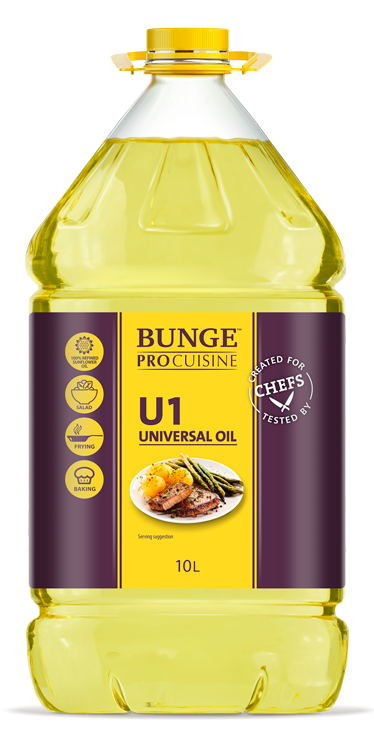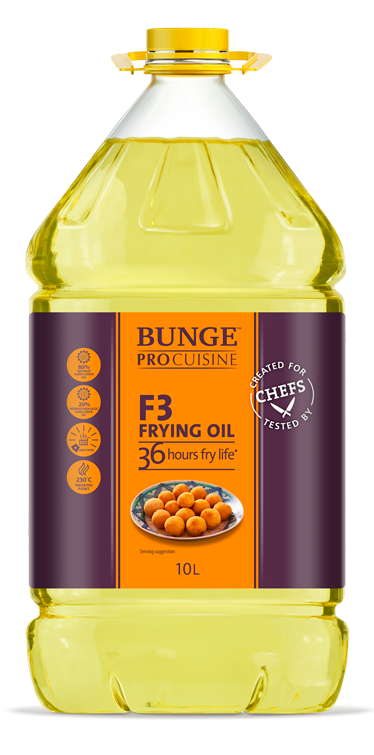3 processes occur during frying, which have an impact on the quality of the frying oil and fried products
Oil lifecycle
Each type of oil has a specific lifecycle during frying. The quality of the frying oil depends on the level of Total Polar Compounds (TPC). The level of TPC increases during frying. The oil lifecycle is the usage period of the oil until the TPC reaches a given level, after which the oil should be changed. Different parameters influence the formation of TPC during frying, of which the nature of the oil used. TPC are regulated in certain EU countries (see table), with maximum TPC levels between 25 and 30%. Such regulation does not currently exist in Ukraine, but soon similar rates will be applicable in Ukraine as well.
The main processes that take place in the oil during frying are:
Oxidation: degradation of the oil due to air contact, heating temperature, duration of frying. Consequences are a faster ageing of the oil, which needs to be changed more frequently.
Polymerization: this process follows oxidation. It increases the viscosity of the oil and leads to the formation of short-chain and long-chain isomers.” We are missing a sentence on the consequences for the oil. What is the problem of having these short and long-chained isomers?
Hydrolysis: water from the fried products enters the oil. This leads to a faster degradation of the frying oil, increasing the amount of free fatty acids. This accumulation intensifies the rancid taste and smell.
Different frying technics and impact on the frying oil
Frying can be done either with a small amount of frying oil “frying in a pan” or with a large amount of frying oil “frying in a deep fryer”.
Frying in a pan:
When frying in a pan, the oil content should ideally be 10-20% of the product mass. The frying time depends on the type and size of the product to be fried and may vary from 3 to 10 minutes (fish steak) to 1.5 – 2 hours (goose, turkey, large meat steaks). Despite considerable aeration and high temperatures action (140 – 200°С), there are no deep oxidation changes in the oil, because of the small warming time and of the fact that the oil is usually used only once. Nevertheless, overheating can still occur.
During a short-time overheating (temperature above 200°C), the thermal decomposition of the frying oil can lead to smoke production (pyrolysis reaction). The temperature, at which smoke starts to appear from the heated oil, is called the temperature or the point of smoke emission. The smoke point of oils and fats vary. For example: lard – 221°C, cottonseed oil – 223°C, hydrogenated fat – 230°C.
Deep fry:
During deep frying, the use of a large quantity of frying oil allows to accelerate the frying process, and to maintain lower frying temperatures (150-160°C), reducing the speed of thermal decomposition and oxidation of the oil. Deep frying allows to maintain a uniform temperature, ensuring high quality of fried foods. Deep frying is a continuous frying process. This means that oil can be used several times before it should be discarded. Checking the quality of the frying oil after several frying cycles is essential.
3 important parameters need to be taken into account
- The ratio between the oil quantity and the fried product mass. It should not be less than 4:1. Otherwise, this would lead to an excessive boiling down of the product and deterioration of the finished product’s appearance.
- The colour of the oil. Pigments contained in the oil (carotenoids, chlorophyll, gossypol etc.) are easily destroyed by heating, resulting in slight lightening of the oil at the beginning of heating, which starts to darken to the colour of strong coffee with further heating.
- The smell of the oil. The volatile substances (chain-shortened substances) are produced In the course of deep frying; some of them give a specific flavour to the fried foods and oil.






